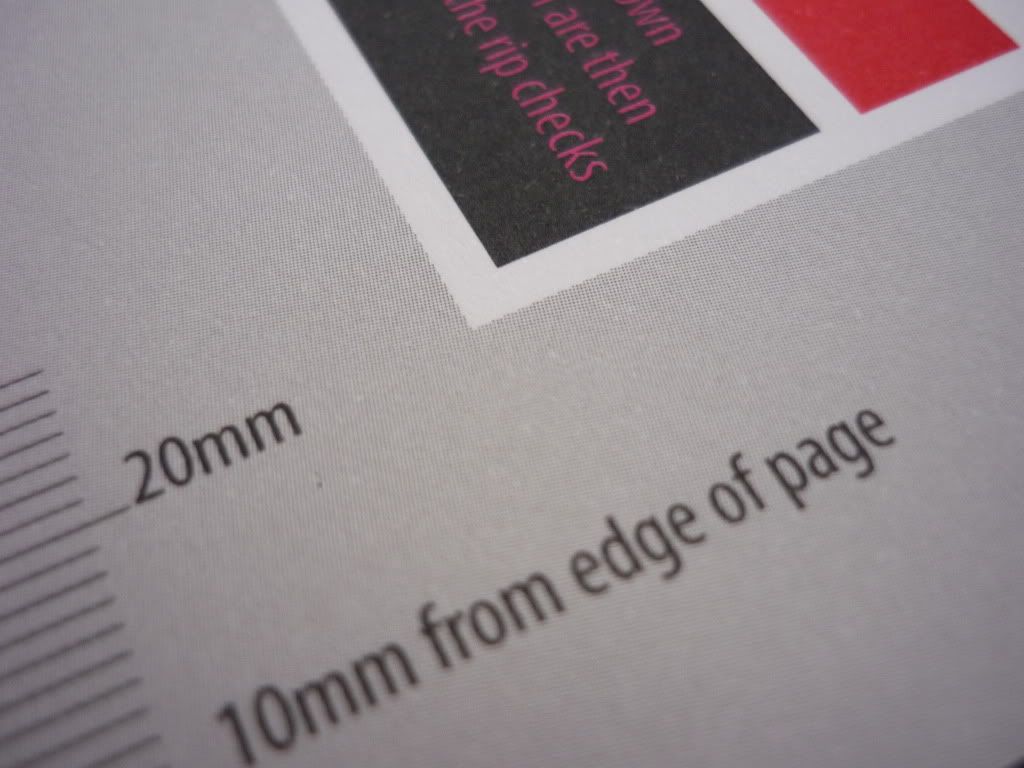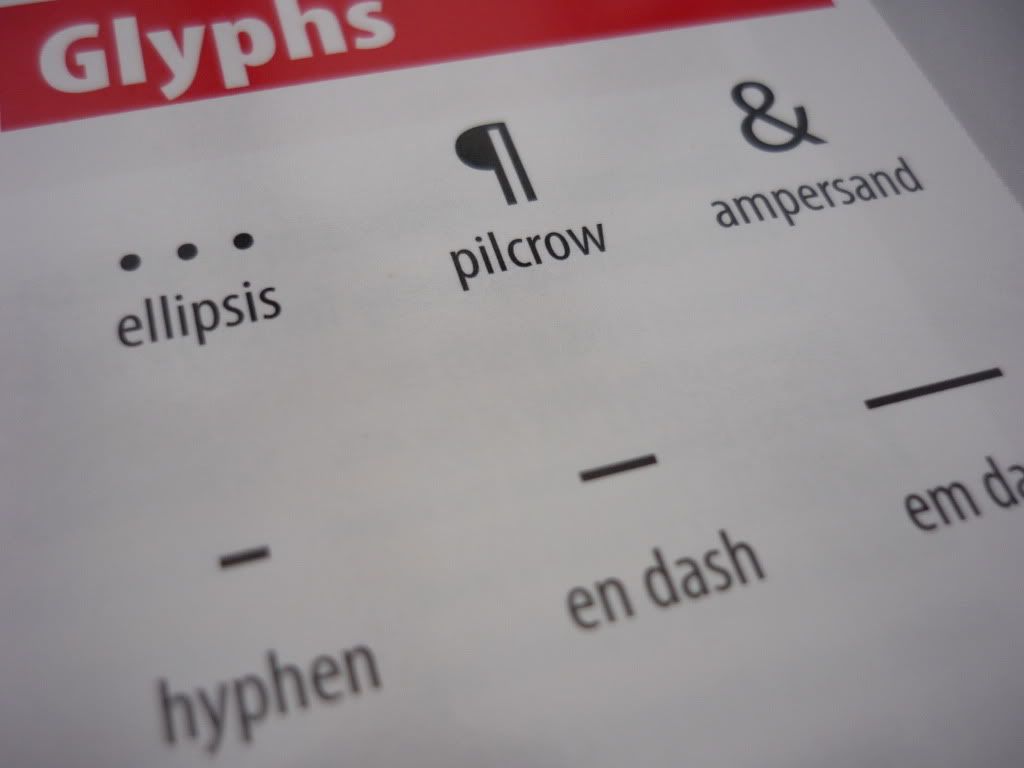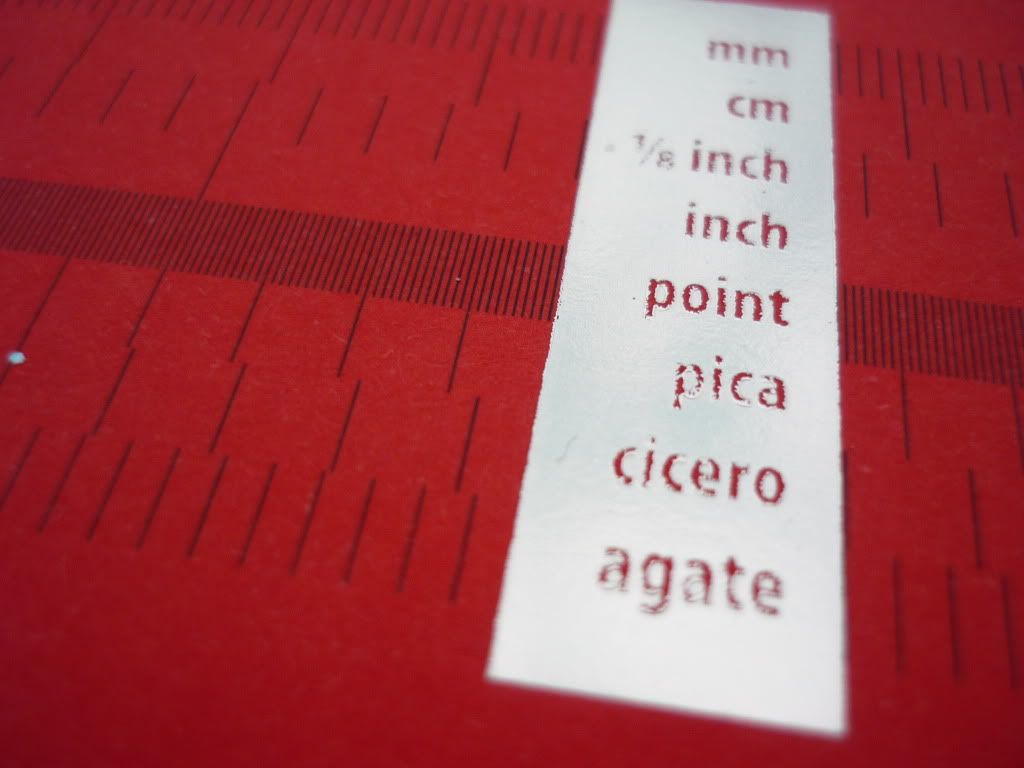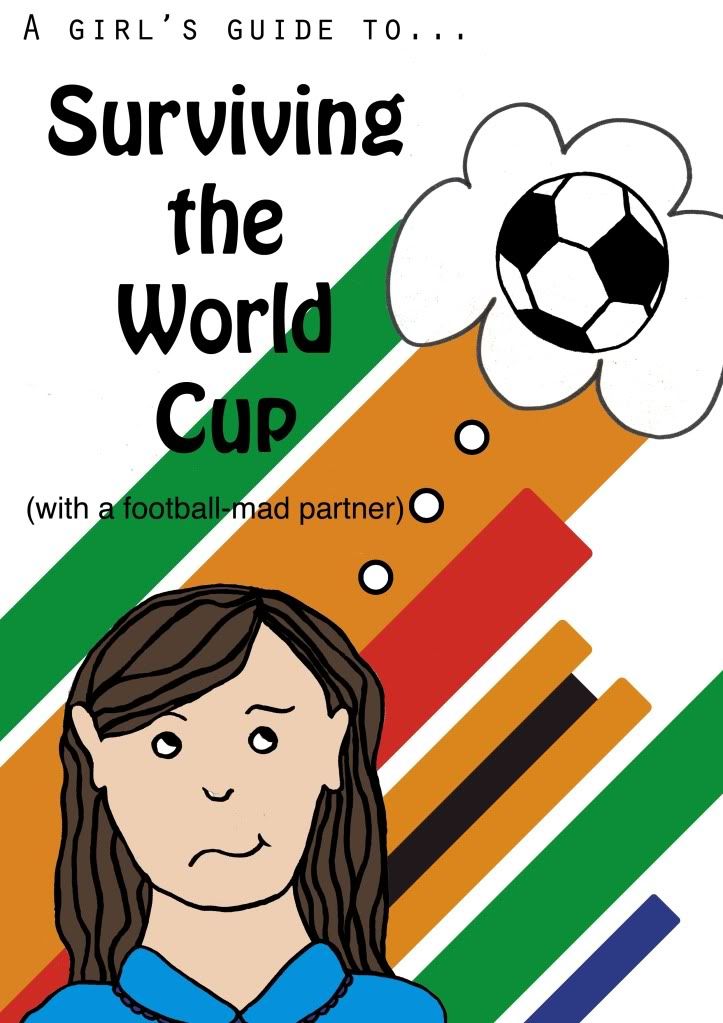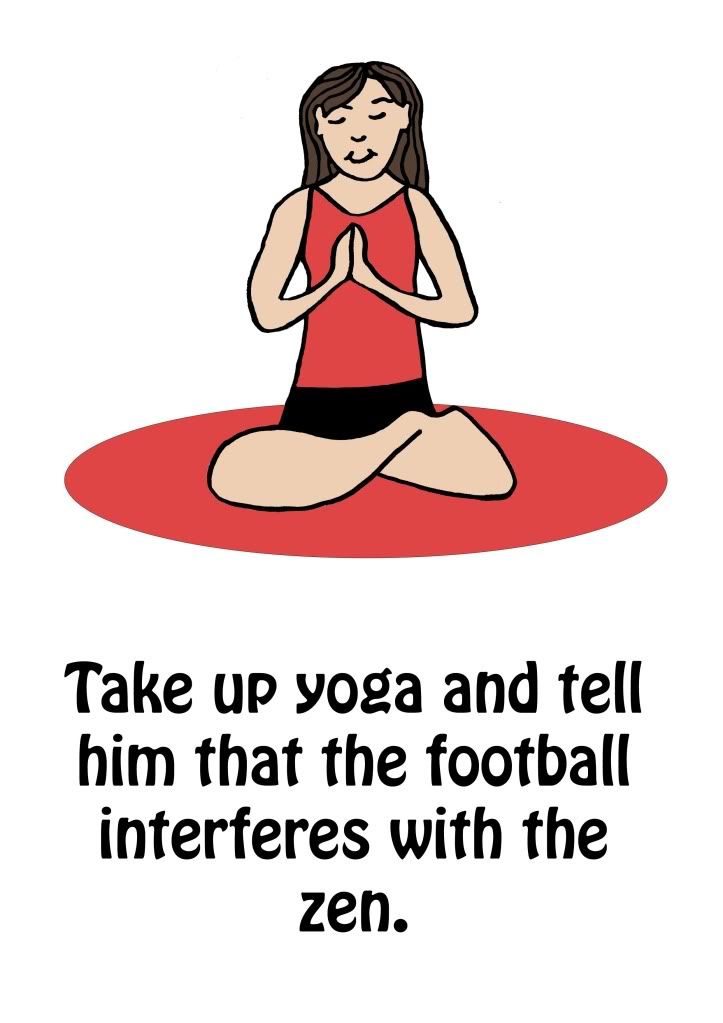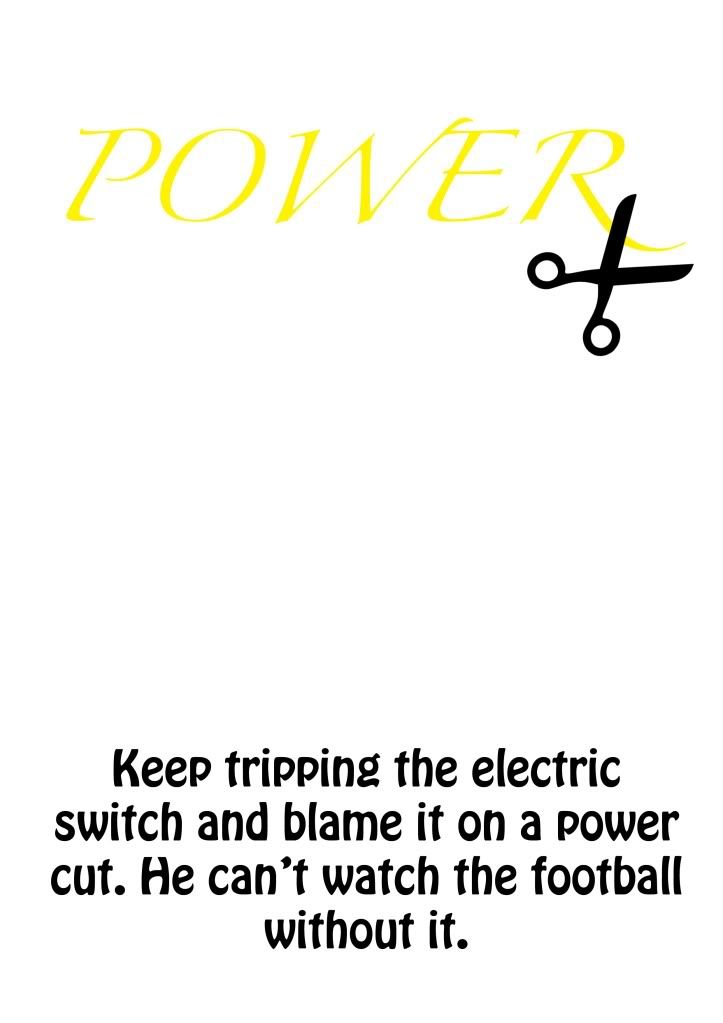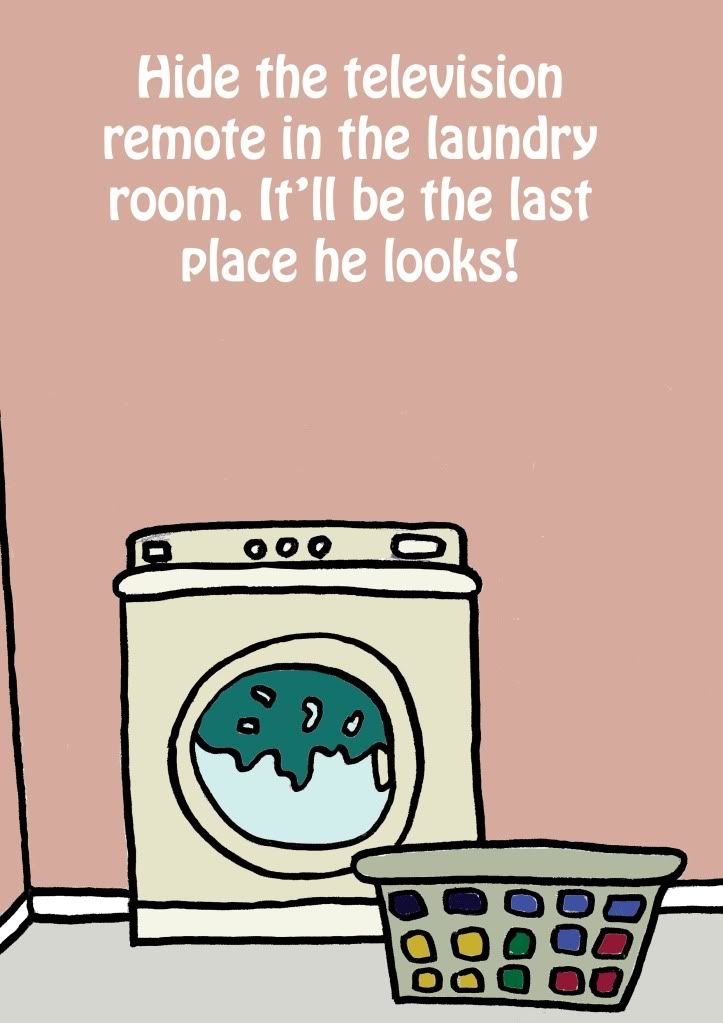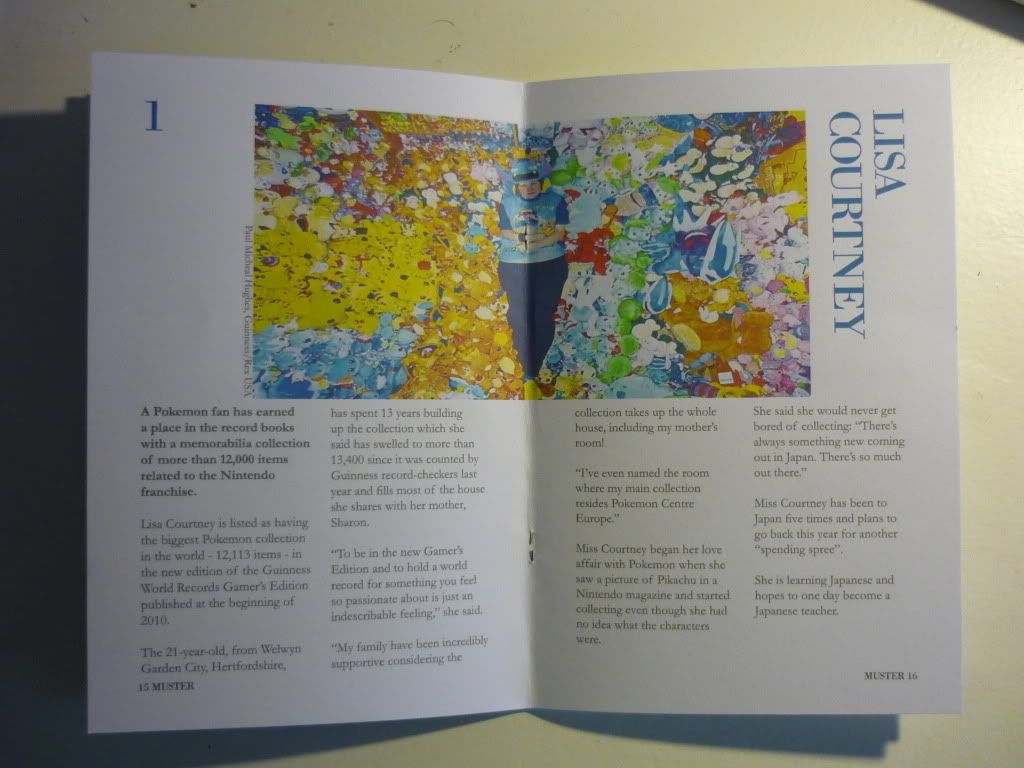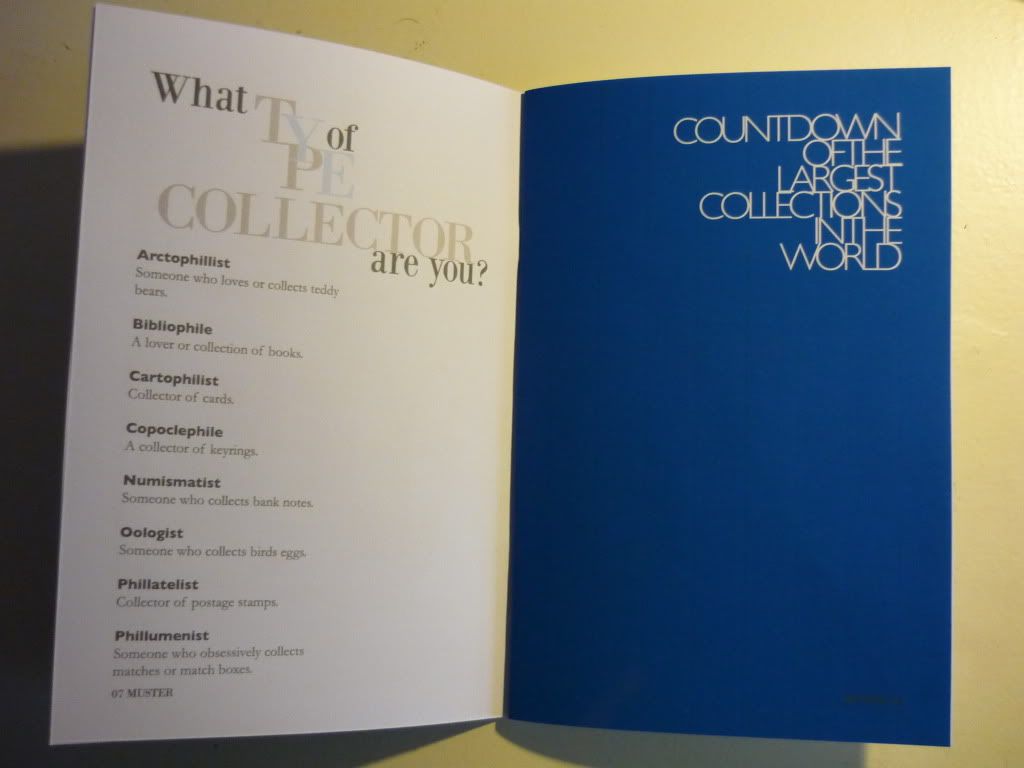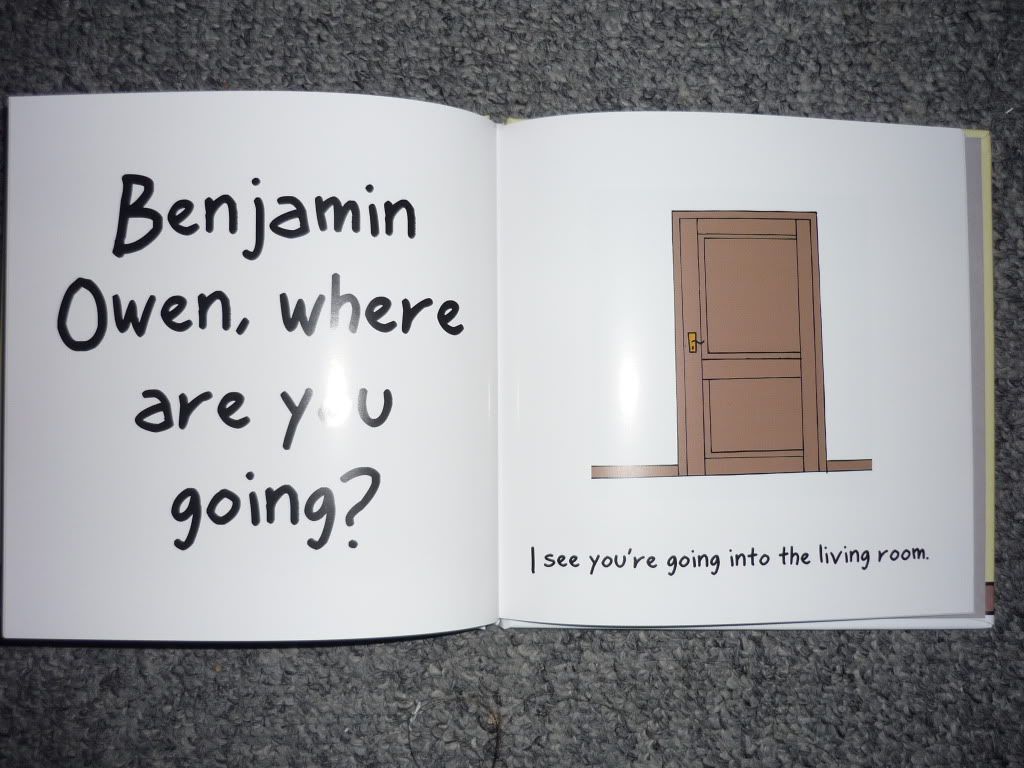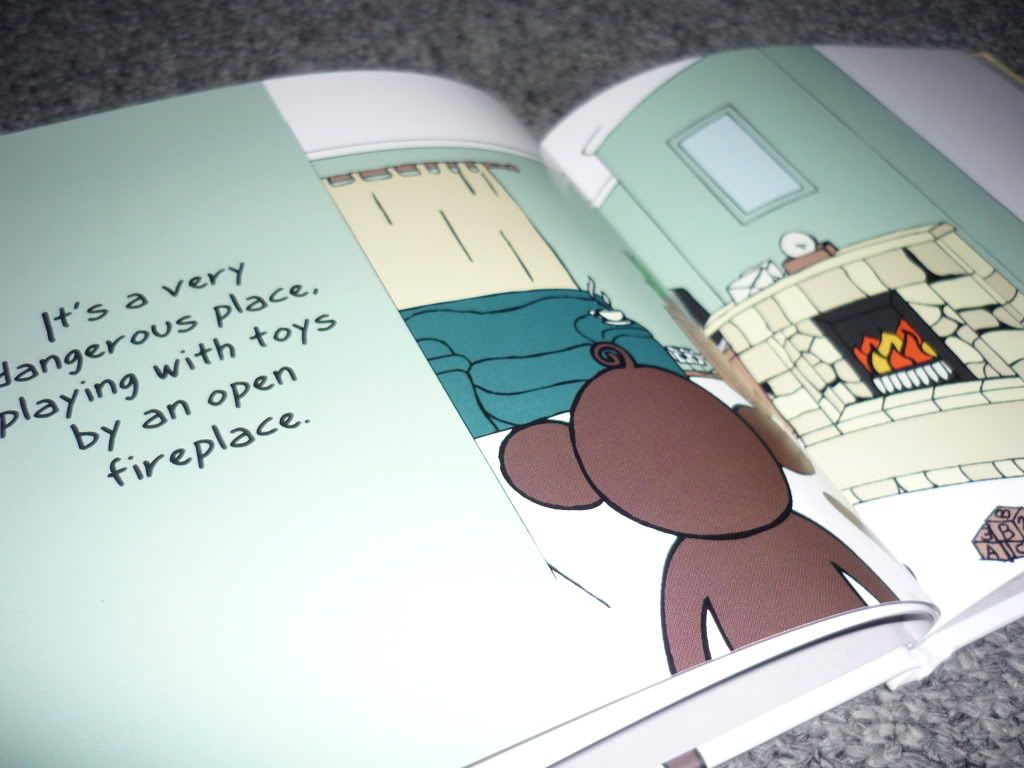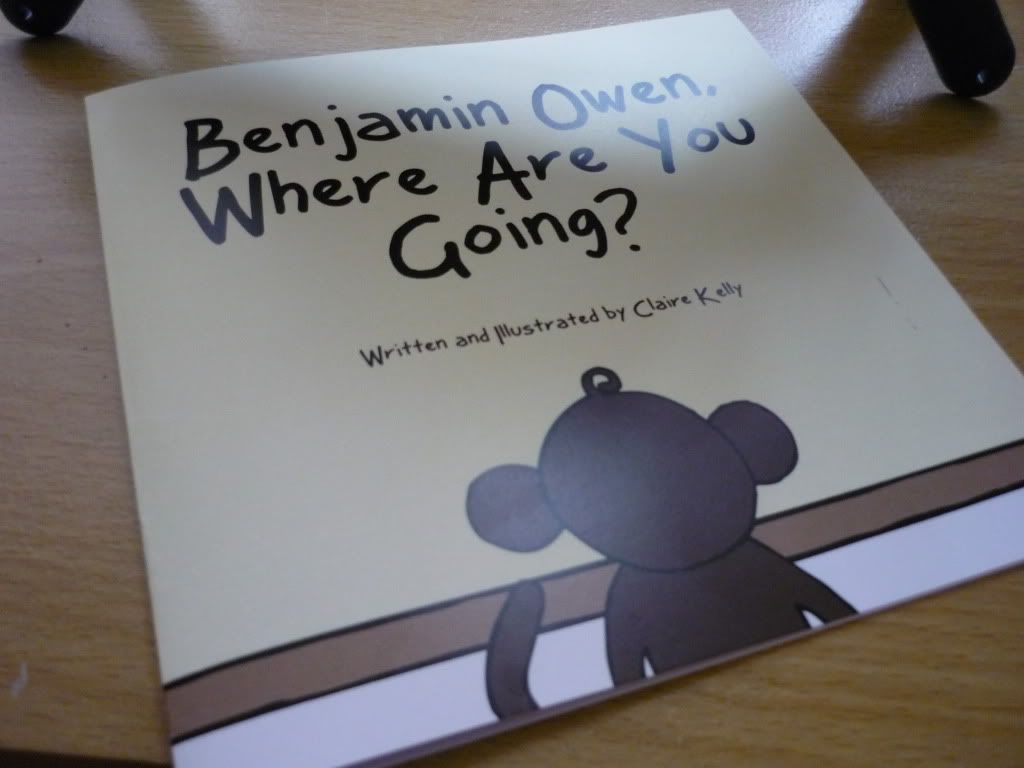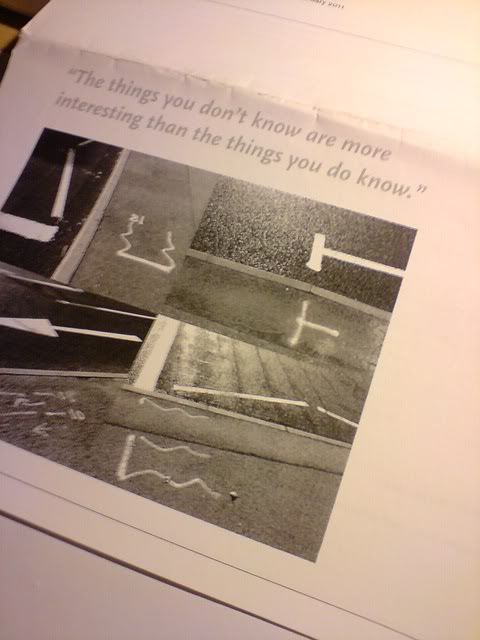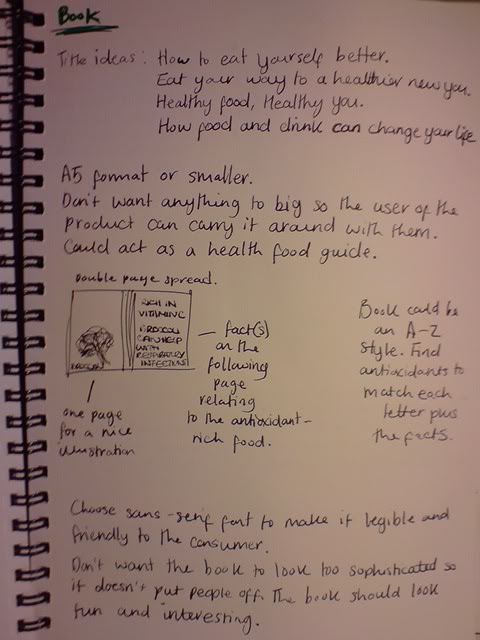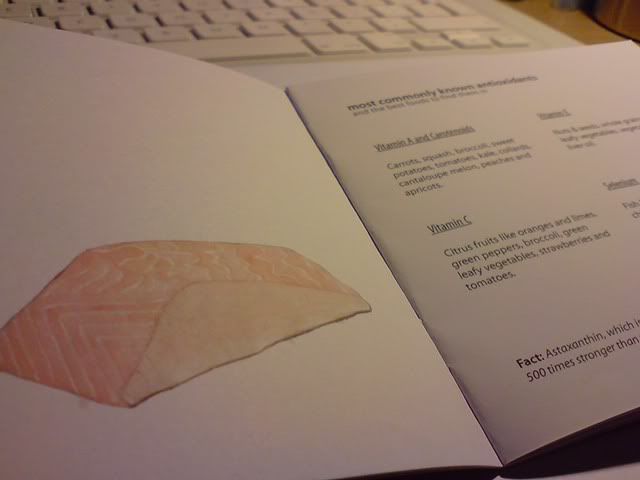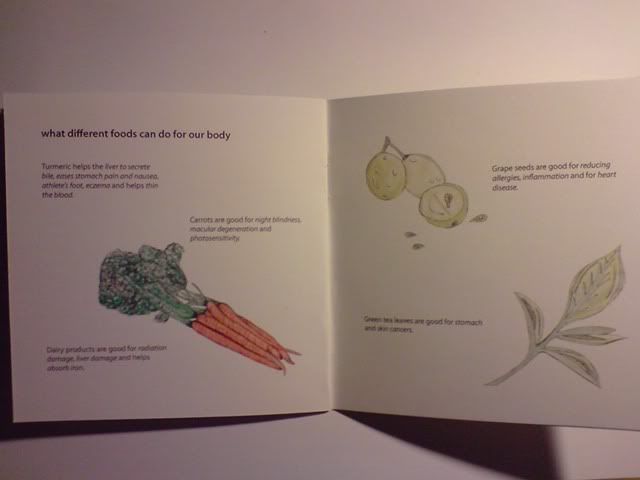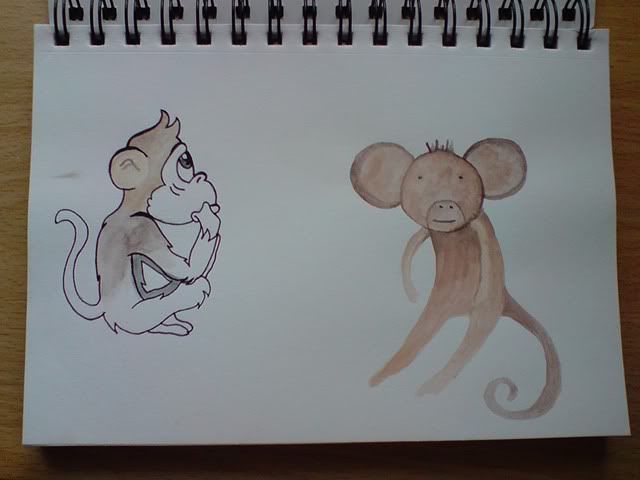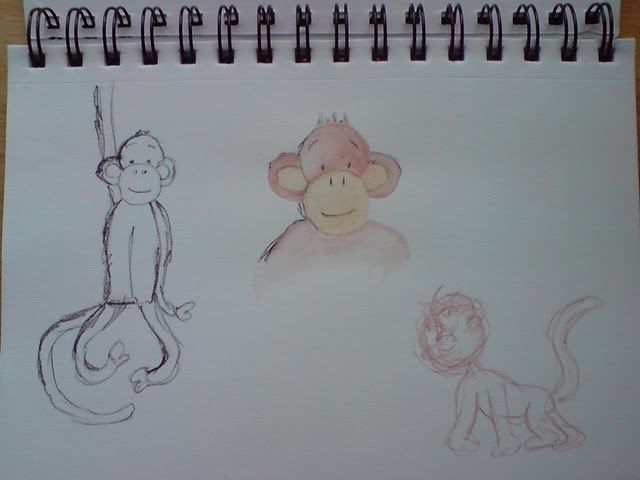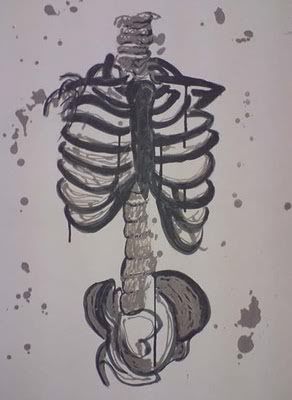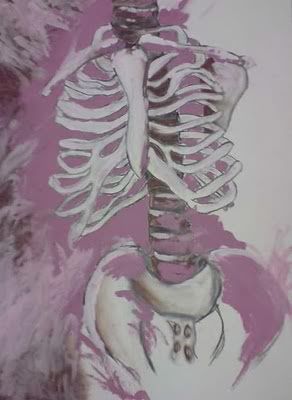I'm into my third week of my GRD 311 brief; self-initiated design. My choice for this module is to produce an educational children's picture book targeted at ages 3-6. Over the past year I have gained a new role in life as Auntie to a cheeky little boy. Since before he could crawl he was always trying to go places. With this in mind, I decided upon a book that teaches young children the rights and wrongs within a household - hazards and dangers. Hoping that through my illustrations and inspiration from my nephew's cheeky personality, I will be able to create a book that will easily teach what items around the house can cause injury.
I shall be using my nephew as the basis to my main character, turning him into the cheeky monkey that he is. I have started experimenting with different styles of monkey, hoping to find the best one that suits the story and overall feel of the book. I wish to keep it simple with hand-drawn illustrations.
I am setting my story in five different areas of the house; kitchen, bathroom, living room, stairs and garden. Having struggled with where to begin with each page of my book, I have decided to tackle the biggest of my illustrations - the backgrounds. Spending my afternoon playing around with these and seeing where it will lead me in terms of layout and aesthetics.

